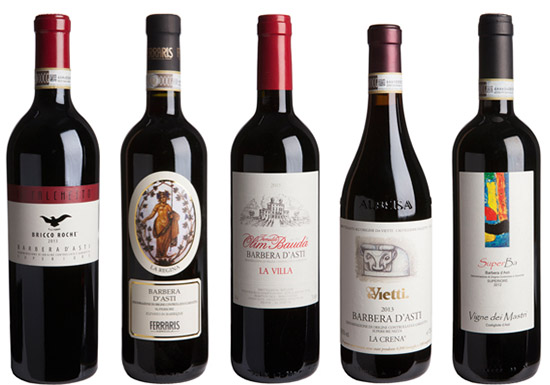Find out what our expert judges thought about South African Chardonnay in this panel tasting from the April 2017 issue of Decanter magazine. And see some of the top wines...
After poor clones and imposter imports, this grape has come a long way in 30 years. When planted in the right place, South African Chardonnay can produce world-class wines, says Tim Atkin MW.
The scores:
120 wines tasted
Exceptional – 0
Outstanding – 7
Highly Recommended – 47
Recommended – 48
Commended – 9
Fair – 9
Poor – 0
Faulty – 0
The judges:
Tim Atkin MW, John Hoskins MW & Greg Sherwood MW
Click here to view the tasting notes and scores for all 120 South African Chardonnays tasted
The judges found South Africa’s stylistic reputation as being halfway between the Old World and New World was upheld in this tasting.
Hoskins said, ‘Producers have understood there’s a need to not be in the “old” New World of heavy, oaky Chardonnay, but neither should they be clichéd by launching into a ubiquitous “new” New World, modern, ultra-sulphidic style with 12.5% alcohol wines that lack joy and any Chardonnay character.’
Top five South African Chardonnays of the tasting:
Read more notes from the panel tasting below the wines.
For the full article, subscribe to Decanter magazine – available in print and digital.
A late start
Chardonnay didn’t turn up in South Africa until the 1920s, when it was planted in an experimental vineyard at the University of Stellenbosch. The chosen clone was a flop, but that was the material that was propagated and planted in the 1970s, when interest in Chardonnay began to develop.
Since 1992, producers have been free to plant where they want in the Cape – they were subject to stringent quotas before that – and that has resulted in the development of the sort of cool-climate areas, especially in Elgin, the Overberg and Walker Bay, where Chardonnay performs at its best.
Star quality
‘Elgin and the Hemel-en-Aarde region are the stars,’ said Atkin. Sherwood added that coastal Overberg and Walker Bay also showed well in this tasting, as did pockets of Stellenbosch. On the latter, he said: ‘There is always great potential in Stellenbosch, but for Chardonnay it is very much vintage dependent’.
Hoskins said the uneven result for Stellenbosch could also be down to the fact it was a large and varied region with a higher concentration of big, commercial producers.
A lighter style
Atkin said it was encouraging to see ‘less new oak, alcohol, malolactic fermentation, batonnage and less-worked styles’, meaning the best wines showed excellent freshness, balance and elegance.
The only question mark the tasters had over the wines was their ageability. The 2015s, a critically acclaimed ‘supercharged’ vintage, ‘were surprisingly developed and looked like coming to their peak within a year or two’, said Hoskins. He’d advise consumers to drink these wines within the next five years. ‘By and large, these aren’t Chardonnays I’d be tucking away for 10 years in my cellar,’ agreed Atkin. ‘But in many ways that doesn’t matter – they’re delicious now!’
In terms of value, our experts were unanimous: these wines are incredibly well priced for the quality.
Edited for Decanter.com by James Button.
More panel tastings:

Top Barbera d’Asti wines – panel tasting results
See what our judges thought about Barbera d'Asti in this panel tasting from the May 2017 issue of Decanter magazine...

Amarone della Valpolicella – panel tasting results
See what our judges thought about Amarone in this panel tasting from the May 2017 issue of Decanter...

From the archive: Dry Loire Chenin Blanc – panel tasting results
Drinking well now and for the next 10 years...







